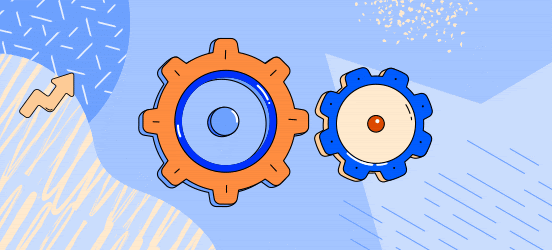The pain and priority of passwords
It’s World Password Day, and here’s how you can easily beef up the security of your accounts.
May 06, 2021 [[read-time]] minute read

May 06, 2021 [[read-time]] minute read
Okay, I’m sick of passwords. They ruin my mood. They ruin my mojo when I’m “in the zone,” creatively.
In the 2000s, you could get away with a password like password123. Boom. Done.
A few years later, it was, “OK please use one capital letter.” So it became Password123. Boom. Done.
And then sites were like, “Please add a special character,” and you said no problem, Password123! Boom. Done.
But these days? Platforms seem to want 47 characters, capital letters, numbers, ancient hieroglyphics and obscure alien symbols.
Then check the box if you’re human.
Then choose how many blurry pictures have bicycles. ...Is that a bicycle or a unicycle? How did I get that wrong? Am I the impostor?!
Then, on top of all that, this complex line of code you’ve just created should be unique to each site or app.
ARE YOU KIDDING ME?!

But I get it. We have to do this for the security of our information. And because people out there who want that information have become exceptionally clever at getting it. Especially if you're a YouTube creator, the last thing you want is a stranger taking control of your entire channel and the way you connect with your audience.
Until passwords become a thing of the past (engineers are actually working on it!), building better account security is still pretty easy and straightforward. Here's what Google recommends:
One idea to consider is to think of a line from a random song or movie, and write it into a password, complete with numbers and special characters. For example, from the movie Jaws... y0uregonnaneed@biggerboat
Consider using a password manager, like the one built into your Google Account, to help you create, safeguard and keep track of all the passwords for your online accounts.
This is easy and involves you getting a verification code on your phone anytime you (or anyone else) tries to log in.
This is when scammers trick you into clicking on a link inside an email, app or webpage that is disguised as an official one. Instead of logging in, you’re actually sending them your password. Yikes.
(It’s an official link!)
I know that remembering to do this is a pain and an inconvenience. But the inconvenience is no match for what can happen if your account gets compromised. So take some time out of your busy day and check in with your passwords. Do it for World Password Day.